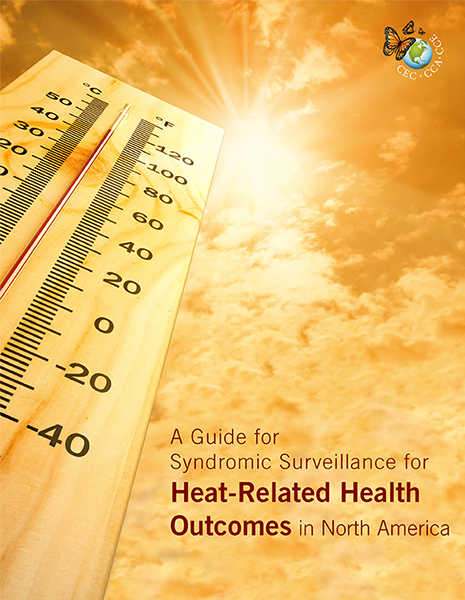Helping North American Communities Adapt to Climate Change: A Pilot Syndromic Surveillance System for Extreme Heat Events
Status: Completed
Operational Plan: 2015 - 2016
The main goal of this project is to develop an operational, real-time syndromic surveillance system for extreme heat events (EHEs) in three selected at-risk communities in Canada, Mexico and the United States and to highlight best practices and lessons learned on developing such a system. Extreme heat has been identified by several international organizations as an emerging environmental health risk in North America as it is expected that EHEs will significantly increase in intensity, duration and frequency by the end of this century.

Related Publications

A Guide for Syndromic Surveillance for Heat-Related Health Outcomes in North America
As part of a project of the Commission for Environmental Cooperation, this Guide outlines the steps required to create or enhance a syndromic surveillance...
